
B2B marketers need to be able to figure out which campaign touches drive engagement and, ultimately, conversions and revenue. Attribution models can yield insights that allow marketers to make better spend allocation decisions. Single-touch attribution models like first-touch, last-touch and tipping-point can help marketers better understand lead generation, conversions, and the marketing-to-sales handoff.
Multitouch attribution can also generate important insights on how campaigns impact pipeline and revenue, but it’s critical to avoid mistakes during implantation and to understand the limitations and capabilities of each type of model. Here are five tips that can help you improve your multitouch attribution results.
- Create models that reflect your marketing strategy. It may sound simple, but it’s easy for marketers to get caught up in the different possibilities attribution models offer and miss this basic step. Are you running campaigns to improve the engagement of both new and active leads? If so, consider an even-spread multitouch attribution model that evaluates campaigns across the entire sales cycle. Are you looking to influence prospects later in the sales cycle? Take a look at a time decay attribution model, which gives later touches greater weight.
- Make you understand the business question you’re asking. In addition to aligning the model you choose with the marketing strategy, make sure you understand the business question you’re working to answer. For example, if one campaign strategy is to activate new influencers at top target companies, the business question might be, “What was the lead gen campaign’s impact on pipeline and sales this quarter vs. last quarter?” You’ll need to account for the business question too when setting up reports based on your multi-touch model.
- Apply appropriate reporting parameters. Once you have clarity on the business question you’re asking and choose a model that reflects the marketing strategy, it’s time to apply the right reporting parameters so that your dashboards and reports give you meaningful data. For instance, you might be examining results on a particular date, timeframe, or market segment. Setting the relevant parameters will ensure you get data that is actionable and relevant to the business question you’ve set out to answer with your campaign analysis.
- Combine attribution and funnel metrics to drive efficiency. This holds true for single-touch and multitouch attribution methods: Attribution helps you invest more efficiently, but you’ll also need funnel metrics to drive process efficiency. Also, keep in mind that it’s crucial to use CRM as your data repository because it is the revenue system of record. When you analyze funnel metrics inside the CRM, you can track volume, velocity, and conversion rates and identify any process issues with sales to drive overall efficiency.
- Hold regular meetings with sales and marketing colleagues. Related to the point above, it’s important to make sure everyone is on the same page, and that requires regular meetings with your relevant marketing ops/lead gen colleagues plus the sales/revenue teams that depend on your campaigns to generate business. During meetings, the group should review funnel metrics to identify trends and sticking points, and relevant individuals should take on action items to alleviate bottlenecks as appropriate.
Marketing attribution in general and multitouch attribution specifically will remain key components of B2B campaign measurement because they are essential for efficiency. Without actionable data on campaign performance, marketers can’t invest budget dollars where they produce the best results.
But it’s important to keep in mind that attribution is one-half of the efficiency equation. Funnel metrics matter too. When you can track both inside the CRM, you’ll be able to drive efficiency across the board and in even collaboration with your sales team.

Secrets of Marketing Ops
What are the secrets of marketing ops? How do they seemingly do it all? Join us for this live webinar to find out.
Wednesday, May 22, 2024
10AM PT, 12PM CT, 1PM ET

Simplify Your Marketing Tech Stack Guide
Your tech stack may have redundancies or just not suit your needs. Simplify your marketing tech stack and improve efficiency with this guide.

Marketing Tech Stack Audit: Why and How
Conducting a marketing tech stack audit helps identify inefficiencies, reduces cost, and improves performance.

Privacy, Security Updates & Chrome Cookies
Learn more about how you can audit your tech stack to meet new privacy and security updates and the latest Chrome cookie regulations.
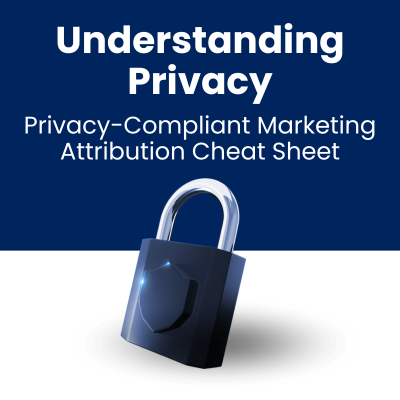
Privacy-Compliant Cheat Sheet
This Privacy-Compliant Cheat Sheet helps marketers understand data regulations, privacy-related data, and strategies to keep up with changes.
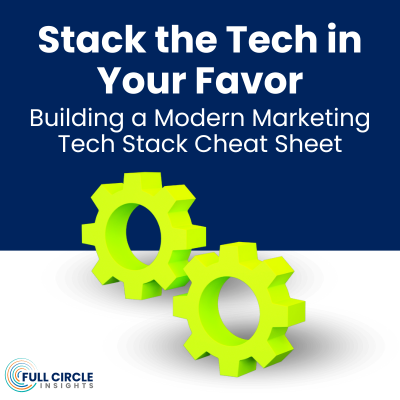
Tech Stack Cheat Sheet
Creating a powerful, efficient marketing tech stack can be complicated so we created this cheat sheet to help you get started.
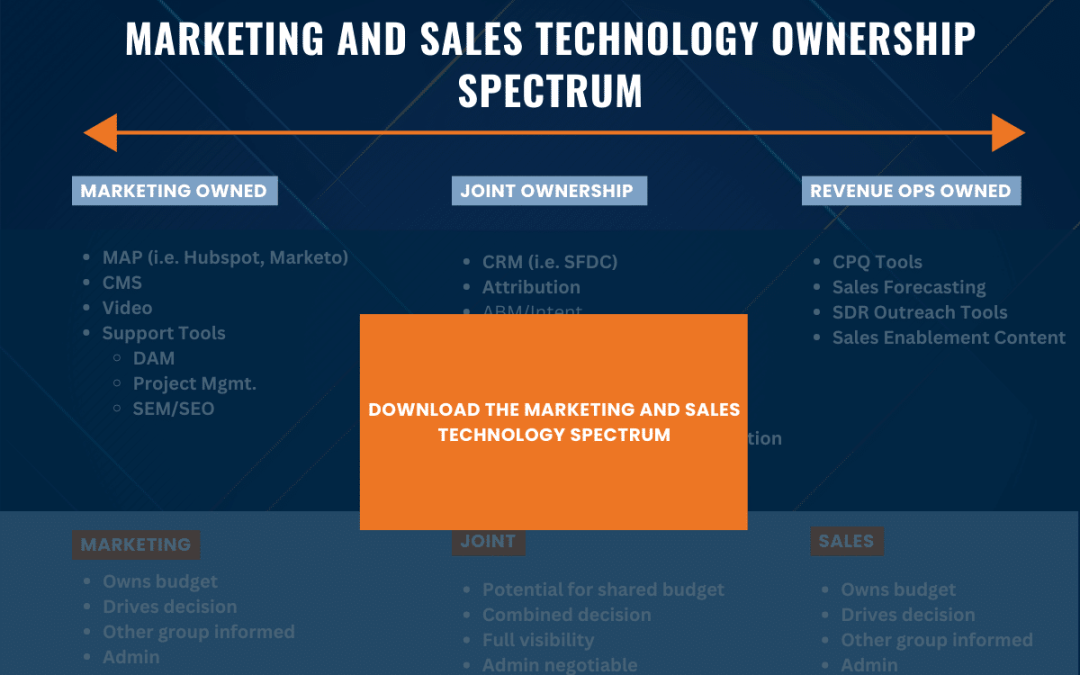
Marketing and Sales Technology Spectrum
Looking to optimize your marketing and sales technology stack? Our free guide, "The Marketing and Sales Technology Spectrum" provides a comprehensive overview of the key technologies used by marketing and sales teams. A understanding of the marketing and sales...
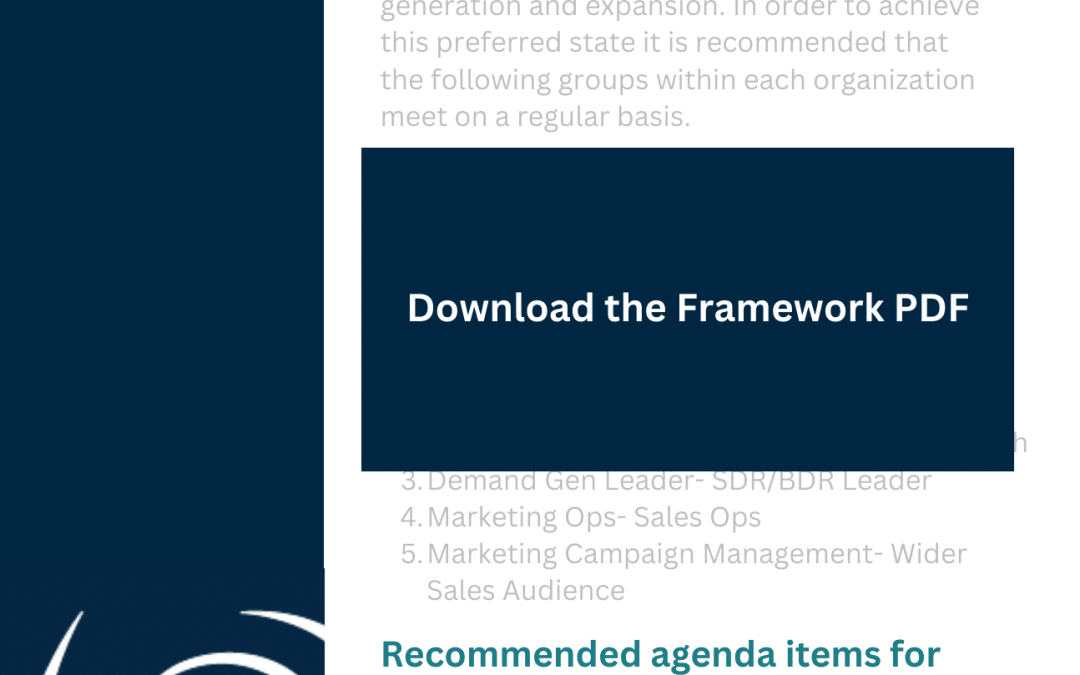
Marketing and Sales Meeting Framework
Struggling to hold productive meetings with your sales team? Are misaligned priorities and lack of collaboration hindering your pipeline growth? You're not alone. Marketing and sales teams often struggle to work together effectively, resulting in unproductive meetings...
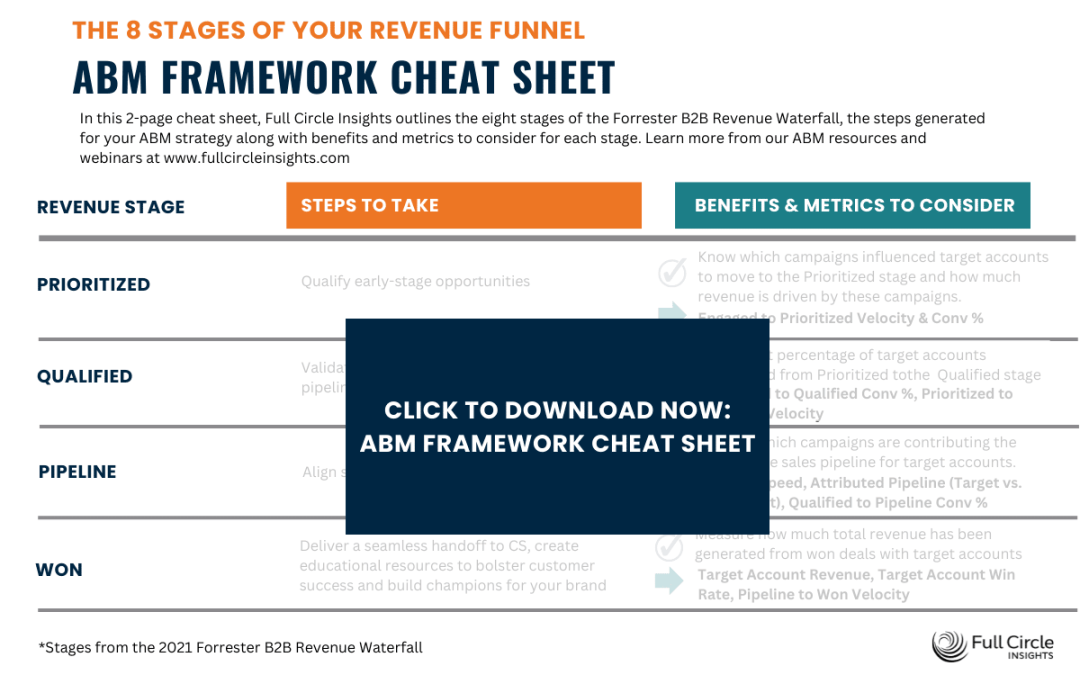
Account Based Marketing Framework Cheat Sheet
If you’re a marketer, you know how difficult it is to accurately measure your account-based marketing performance.In this cheat sheet, we’ll walk you through the eight stages of the Forrester B2B Revenue Waterfall, the correlating steps to generate your ABM strategy...
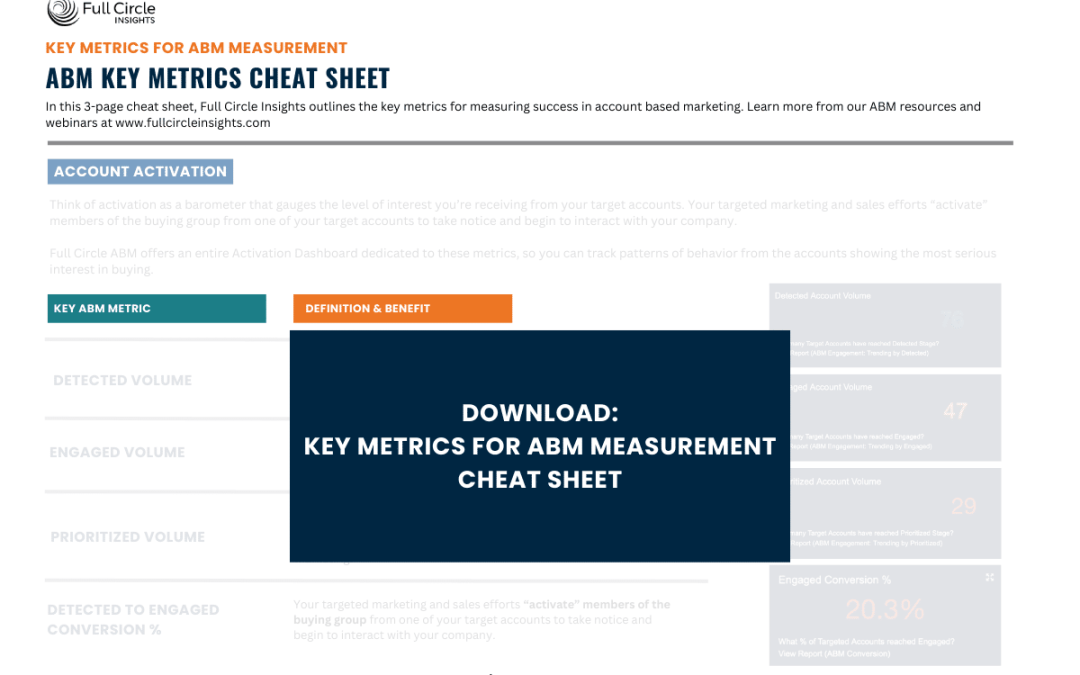
Key Metrics for ABM Measurement Cheat Sheet
If you're a marketer, you're aware of the difficulties that come with accurately tracking the performance of your account-based marketing strategies. In this cheat sheet, we will guide you through the most important metrics that allow you to track account activation,...

